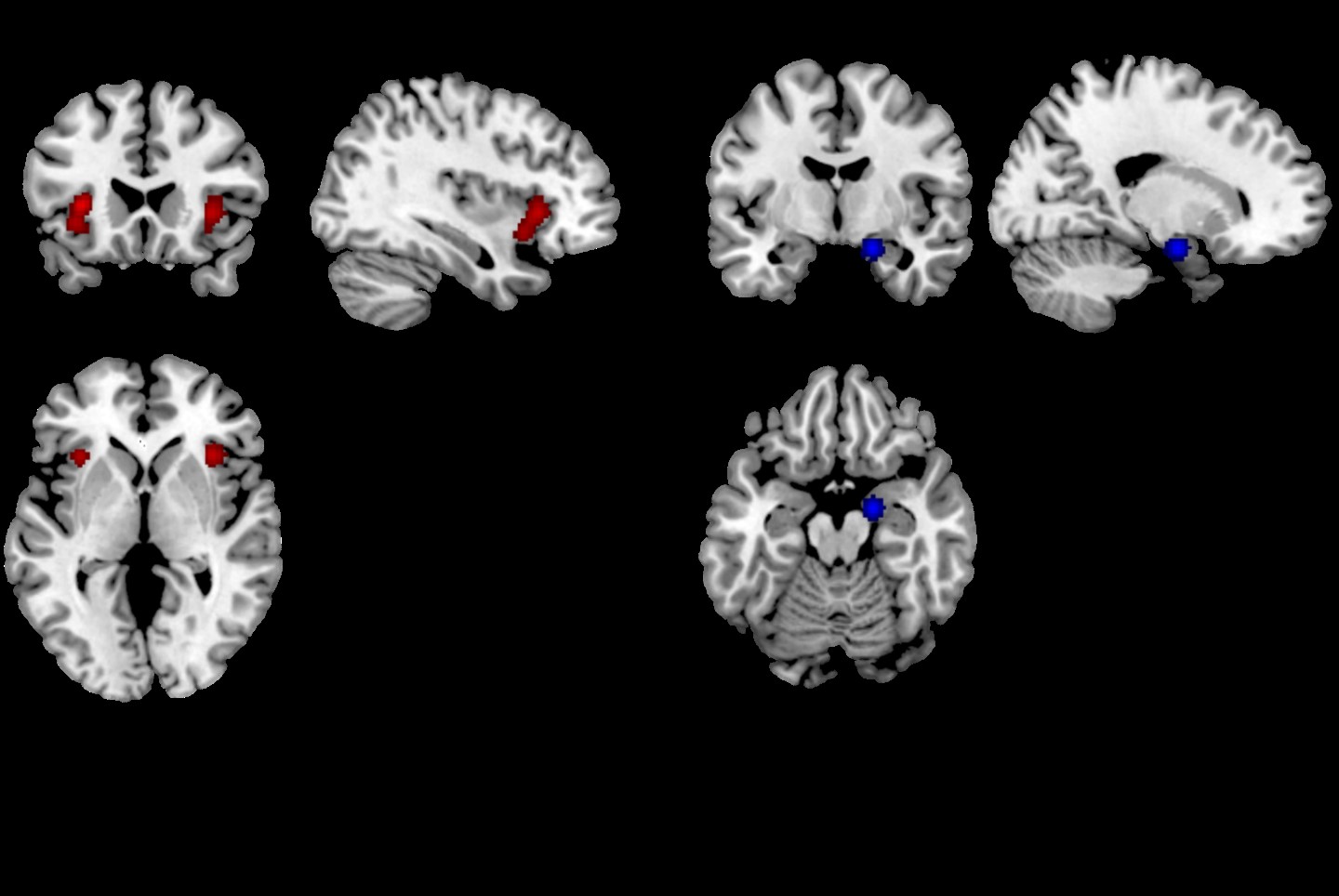2021-01-23

Everyone feels stress - be it a lecture at university, an interview or a first date. While we know that stress affects the entire information processing path, for example attention, working and long-term memory, there is so far no consensus on how these different situations trigger the same feeling of stress and what happens in the brain.
Many scientists try to answer this question and use different methods to induce stress in their subjects. During this, the participants' brain activity is measured. Given the variety of methods used, the question arises to what extent they are comparable with each other and which brain structures are activated by stress.
In order to answer this question, we have carried out a systematic summary and analysis of the previously published literature on the subject: In the Activation-Likelihood Estimation Analysis, ALE for short, the coordinates of the activation patterns from all studies are compared during the stress and it is statistically checked how similar the different patterns are. As a result, we get a number of areas of the brain that have shown activation in all studies.
We found cross-method activation in the insula, the claustrum, the lentiform nucleus and the inferior frontal gyrus, among others.
The insula is related, among other things, to pain perception, self-perception and social perception. As part of the so-called salience network, it integrates sensory and internal emotional information. In addition, it helps to control the hormonal stress response. The Claustrum is located directly adjacent to the insula. Similar to its neighbor, the Claustrum is also responsible for the integration of various information. It also has a meaning for consciousness. This suggests that under stress, study participants turn their attention inwardly to their emotional processes.
The inferior frontal gyrus is responsible for semantic and phonological processing as well as working memory. Since many of the procedures involve strenuous mental tasks, his role here is likely to be the processing of these tasks.
Overall, our study shows that most of the methods used to induce stress work well and produce similar results. It also shows that the insula, claustrum and inferior frontal gyrus play a central role in the stress response.

Everyone feels stress - be it a lecture at university, an interview or a first date. While we know that stress affects the entire information processing path, for example attention, working and long-term memory, there is so far no consensus on how these different situations trigger the same feeling of stress and what happens in the brain.
Many scientists try to answer this question and use different methods to induce stress in their subjects. During this, the participants' brain activity is measured. Given the variety of methods used, the question arises to what extent they are comparable with each other and which brain structures are activated by stress.
In order to answer this question, we have carried out a systematic summary and analysis of the previously published literature on the subject: In the Activation-Likelihood Estimation Analysis, ALE for short, the coordinates of the activation patterns from all studies are compared during the stress and it is statistically checked how similar the different patterns are. As a result, we get a number of areas of the brain that have shown activation in all studies.
We found cross-method activation in the insula, the claustrum, the lentiform nucleus and the inferior frontal gyrus, among others.
The insula is related, among other things, to pain perception, self-perception and social perception. As part of the so-called salience network, it integrates sensory and internal emotional information. In addition, it helps to control the hormonal stress response. The Claustrum is located directly adjacent to the insula. Similar to its neighbor, the Claustrum is also responsible for the integration of various information. It also has a meaning for consciousness. This suggests that under stress, study participants turn their attention inwardly to their emotional processes.
The inferior frontal gyrus is responsible for semantic and phonological processing as well as working memory. Since many of the procedures involve strenuous mental tasks, his role here is likely to be the processing of these tasks.
Overall, our study shows that most of the methods used to induce stress work well and produce similar results. It also shows that the insula, claustrum and inferior frontal gyrus play a central role in the stress response.